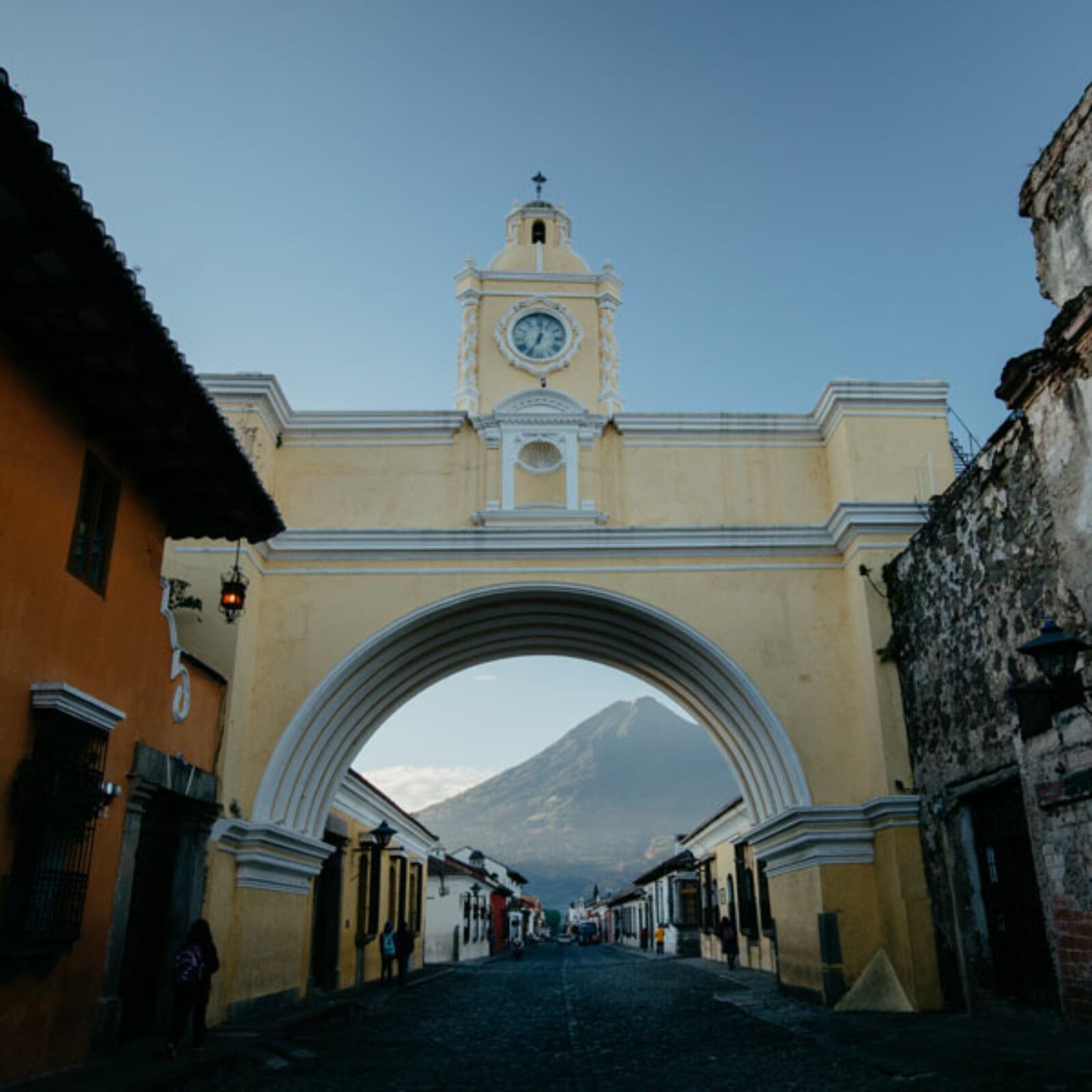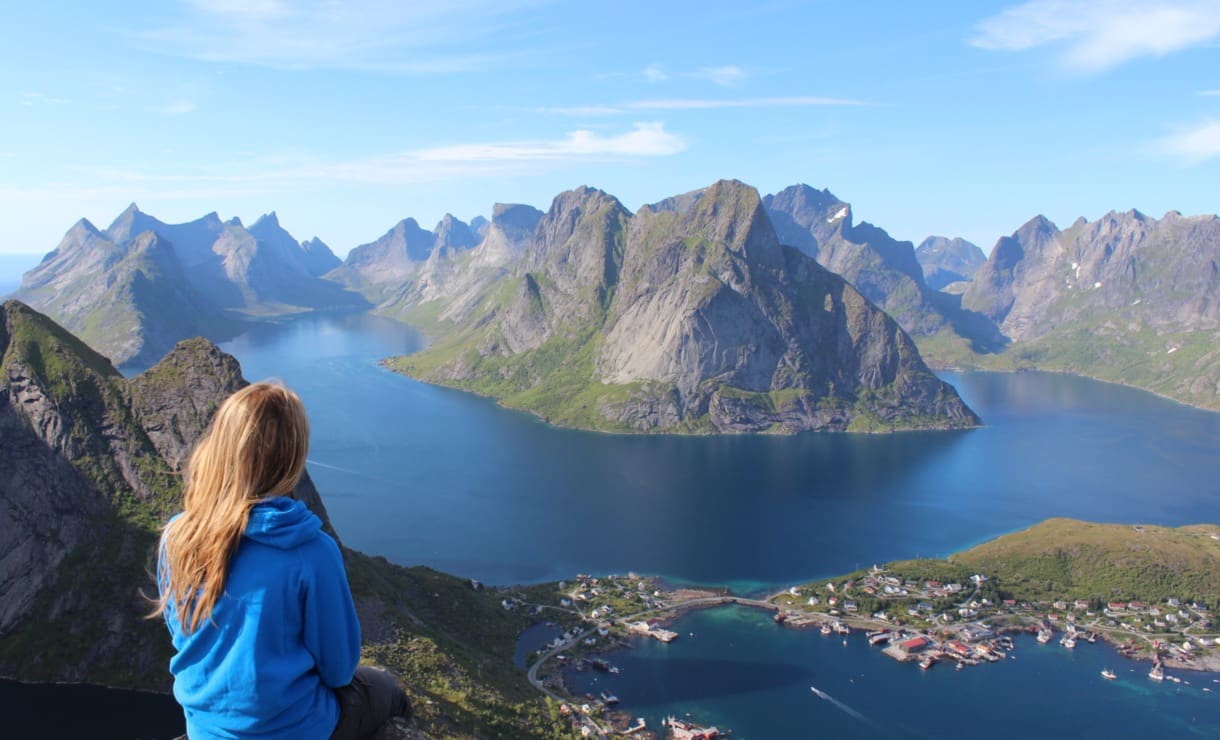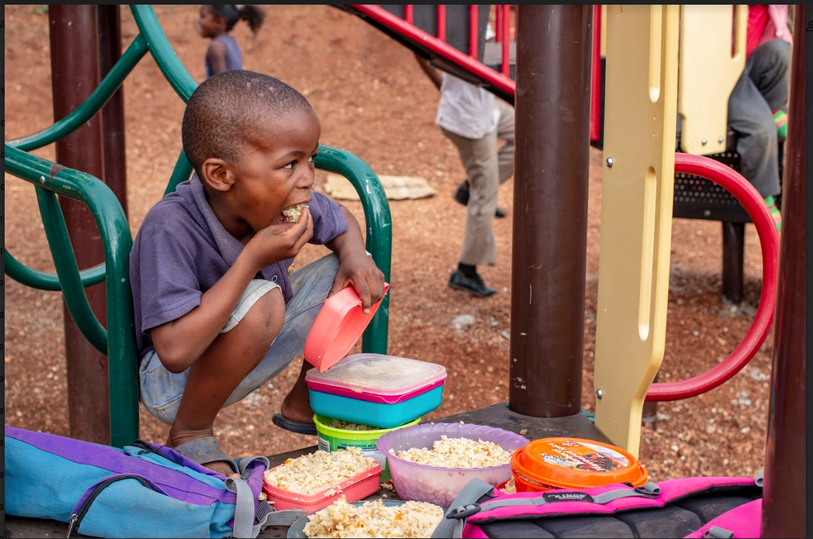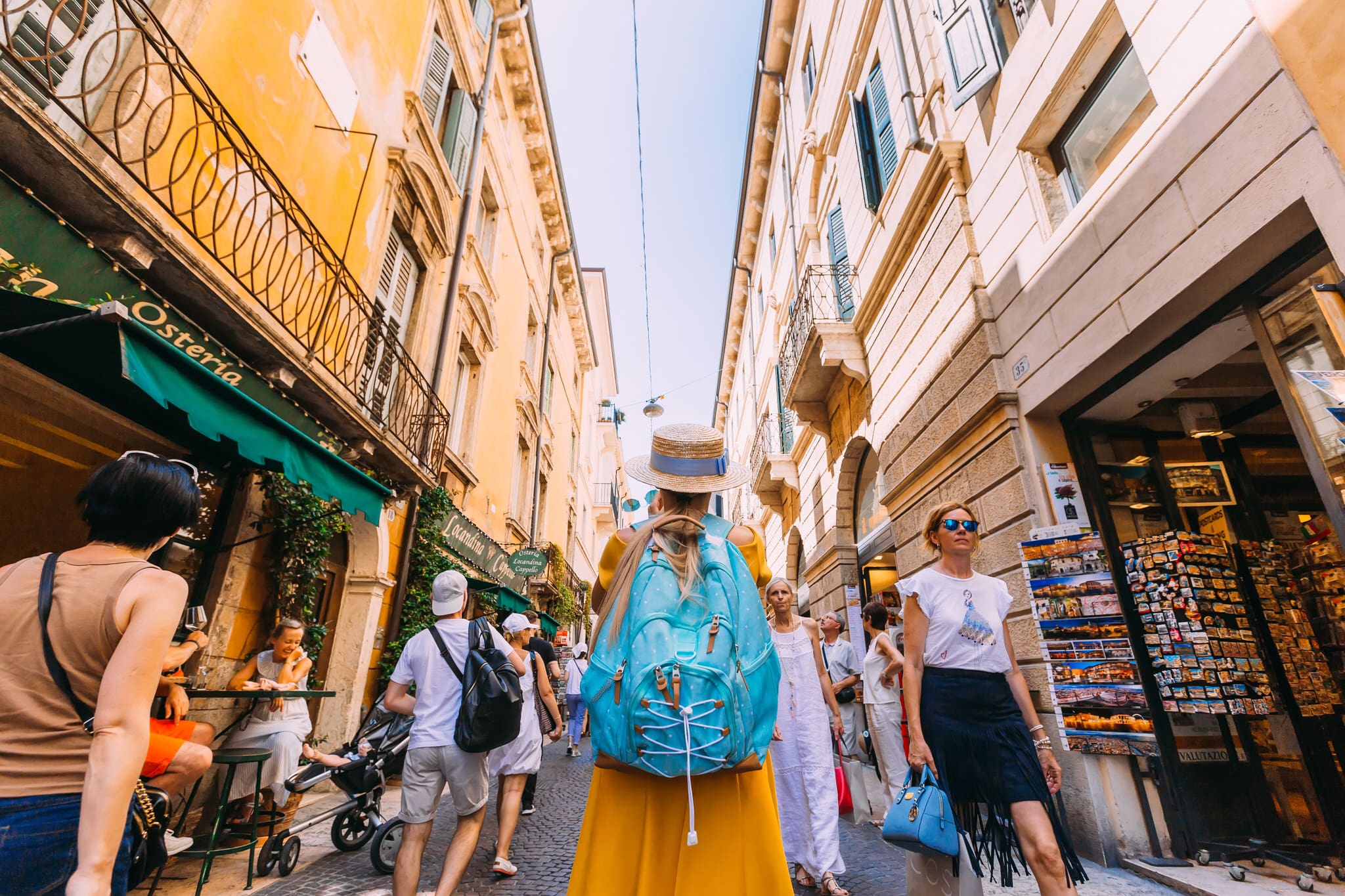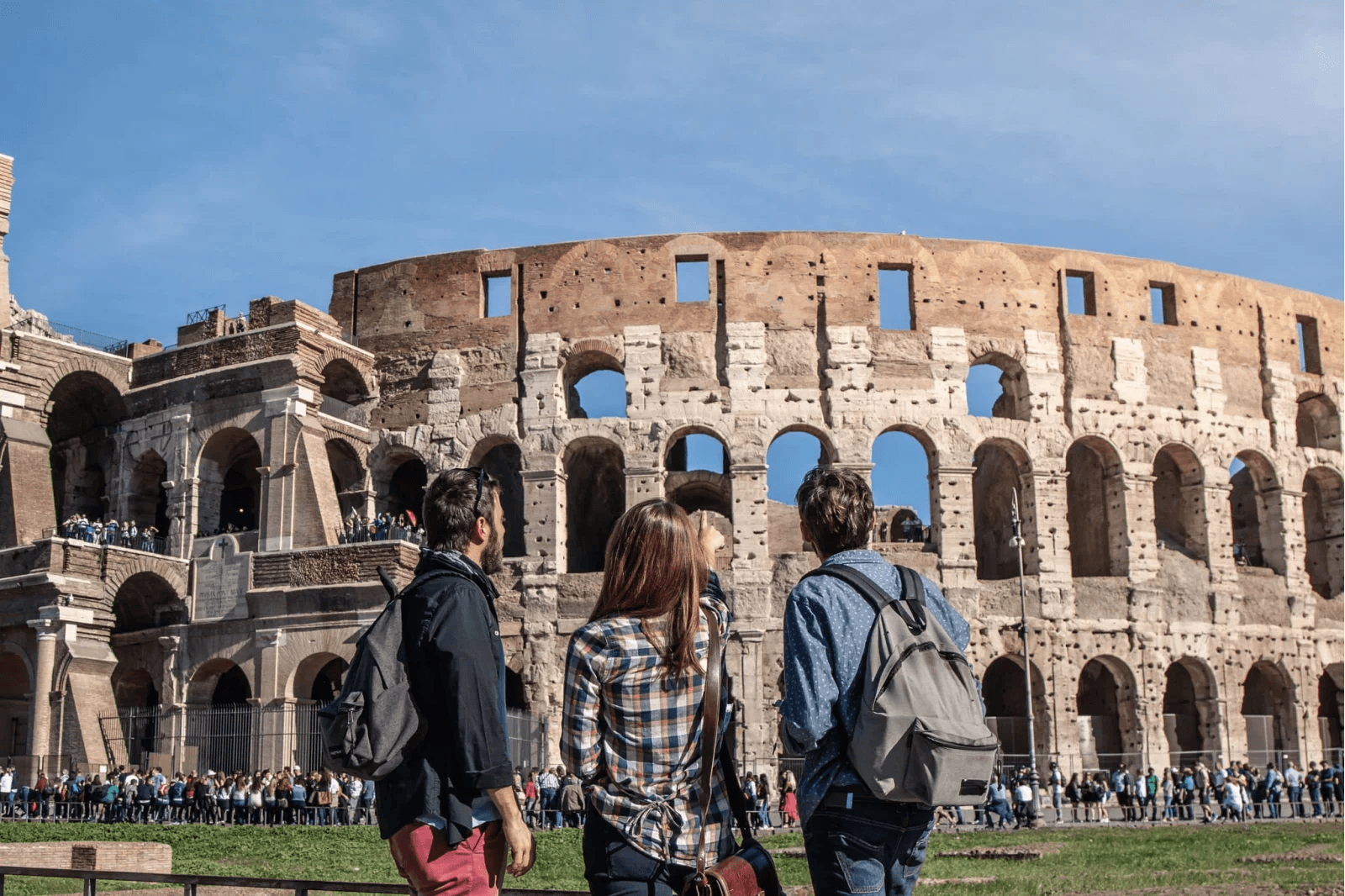Choeung Ek Genocide Center
The Killing Fields
Phnom Penh
Disclaimer: This blog contains heartbreaking, yet true facts and graphic pictures of the Cambodian Genocide.
October 23, 2016
“You should all go to the Killing Fields tomorrow,” our host suggests. Ok, sure. I didn’t think twice about what this actually meant. I have heard about the Holocaust all my life. If I ever visit the concentration camps in Germany, I will prepare my mind and heart beforehand. I didn’t know. I heard about the Cambodian genocide a week ago. I knew next to nothing about it. The next day, we visited the Killing Fields. I wasn’t ready.

October 24, 2016
I start at station 1 of 18 that will attempt to communicate a genocide that killed a fourth of the population in Cambodia by Pol Pot and the Khmer Regime from 1975 to 1979.
Three million people dead in four years: sixty percent of these executed. Why? Because Pol Pot viewed them as his enemies. Why were they his enemies? Because they were educated. Because they were teachers, musicians, writers, and film makers. Because they spoke other languages. Because they weren’t Cambodian, but Chinese, Vietnamese, or simply foreigners. Because they believed in a religion: Christianity, Islam, or Buddhism. Because they lived in cities. Because they had light skin. Because they wore glasses. Because they had soft hands!
I continue to learn that Pol Pot emptied all of the cities and sent the people to work in fields to return the entire country back to an Agrarian society by force. Many died from disease and starvation. The rest were assigned “resettlement,” where they were taken to “The Killing Fields.” This is exactly what it sounds like.
I keep walking, slowly.
At first, 2 to 3 trucks would bring 20 to 30 blindfolded and frightened people. Hoping for a new home, they did not fight or cause chaos. Upon arrival, they were taken to the ditches and executed immediately. Over time, they brought 300 people at a time, too many to execute at once. They executed as many as they could and tied up the rest, placing them in a windowless building to wait for their own execution the following day.
Ditches where the victims were executed and then thrown on top of other bodies
One million people died and were buried underneath the ground I am standing on.
I look over and see a sign that reads, “Don’t Step on Bone.” Every few weeks the workers collect bones that have surfaced.
I begin to look closer at the ground surrounding me. Clothing buried in dirt is wrapped up in the roots of a tree. Bone fragments begin to emerge from the dirt a few steps away.
I approach a green lake, stagnant yet peaceful, and discover it is the burial place of many more innocent people.
“Better to kill an innocent by mistake than spare an enemy by mistake,” a quote and common saying by Pol Pot under the Khmer Regime.
I sit by the lake and listen. Utter silence.
I then follow the audio guide and listen to the testimonies of a few survivors. “I didn’t have the nourishment needed to feed my 8 month old son. I was forced to work in the rice fields all day and could only feed him at night. I will never forget how he died in my arms,” one woman emotionally communicates more than 30 years later. These words echo in my ears.
Tears stream down my face. I picture both of my nephews. I was there during the breast-feeding days. My nephews needed milk every few hours. That baby didn’t need to die.
I continue walking and come across a grave made for more than 100 victims, children and women. Next to it is the killing tree, a place they would beat children until they died and then throw them into the pit adjacent to the tree. What do I do with this? How do I process this?
Next, is the magic tree. There is nothing magical about it. They hung a loud speaker from it that intentionally played songs to drown out the cries and screams of those being executed. The same eerie song that played from this exact tree invades my ears through headphones with the sound of evil and darkness.
Tears streaming and blood pumping from anger, I reach station 18, the Buddhist Stupa that houses over 5,000 human skulls. I can’t go in. I don’t want to go in. In silence, I sit and I wait. I wait for my team, debating. I stare at the Buddhist Stupa with no courage. After about fifteen minutes, I see Becca walk in. I stand up and slowly follow.
As I walk in, I see skulls stacked upon skulls, rows stacked upon rows, levels stacked upon levels. This is where I discover the method in which they were all killed: farming tools. They weren’t even shot. They were beaten and butchered with tools.
I know this is hard to read, and the pictures are hard to see, but we need to know.
As evil as humanity can be, God’s goodness is greater. God has no opposite. He is the True Judge and every single person who aided this genocide will pay the just price.
Matthew 18:6 says, “But whoever causes one of these little ones who believe in me to sin, it would be better for him to have a great millstone fastened around his neck and to be drowned in the depth of the sea.”
As I see these bones, all I can think of is the valley of dry bones in Ezekiel 37. God says, “Come, breath, from the four winds and breathe into these slain, that they may live…breath entered them; they came to life and stood up on their feet.”
________________________________________
Valley of Dry Bones
In a valley, I walk,
Surrounded by bones,
Each traced in chalk,
Songs drown out moans,
Deaths by the killing tree,
Babies killed in fright,
Their bones stare at me,
I just want to fight.
Where is God now?
Where was He then?
What about His vow?
Why allow this sin?
God’s Reply
“I heard each cry,
I held each hand,
As they passed by,
Entering a new land.
Their tears I have kept,
Their lives I hold dear,
For each one I wept,
Every single year.
I am the judge,
For all those who lay,
And for those who trudge
Through blood each day.
I suffered and died,
With each victim I cried.
Like them I was tied,
I was pierced through the side.
But that isn’t the end,
For them and for you,
I defeated death, then,
Rose from the grave, New.
I will raise each bone,
When My time is near,
This valley will be sewn,
No longer buried in fear.
Death, where are you now?
Where is your sting?
To Me, you will bow,
I’m your true risen King!”

